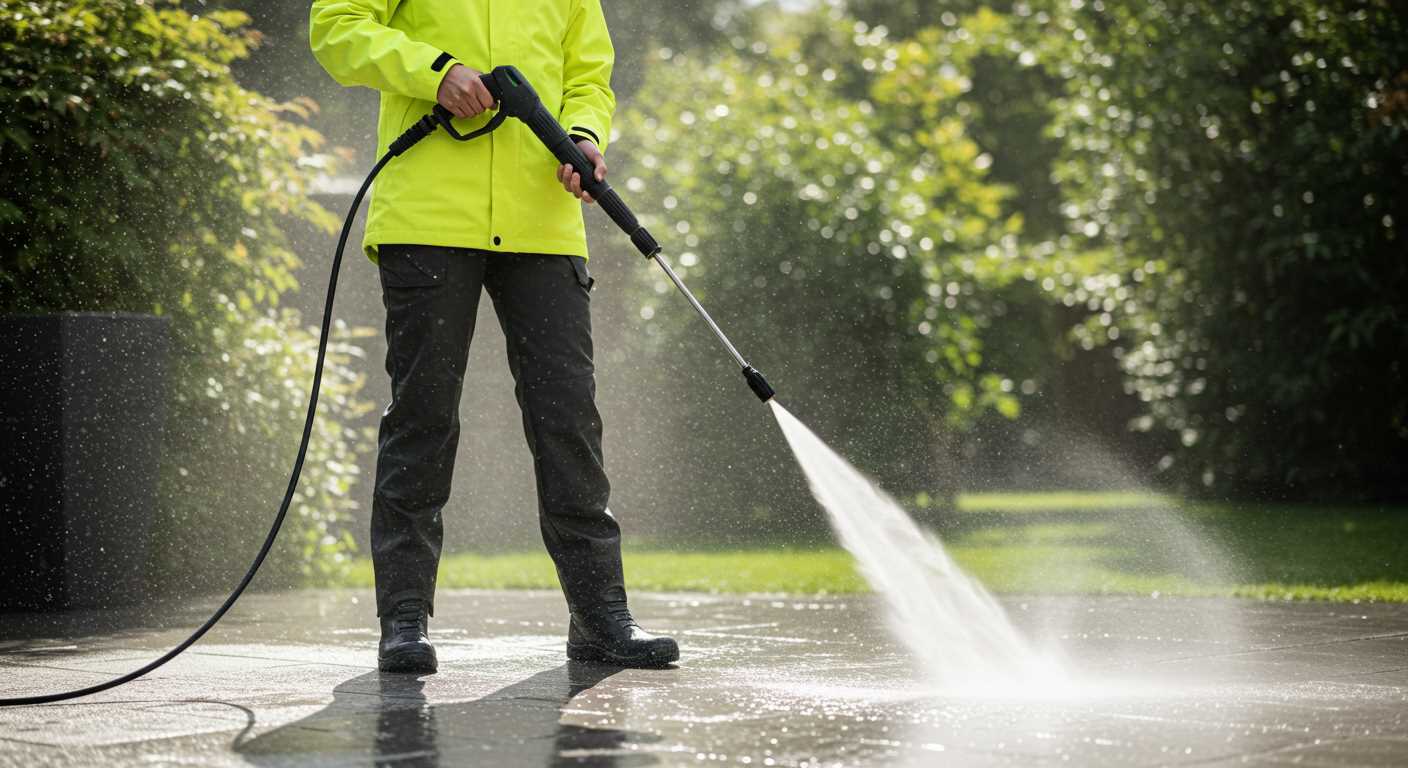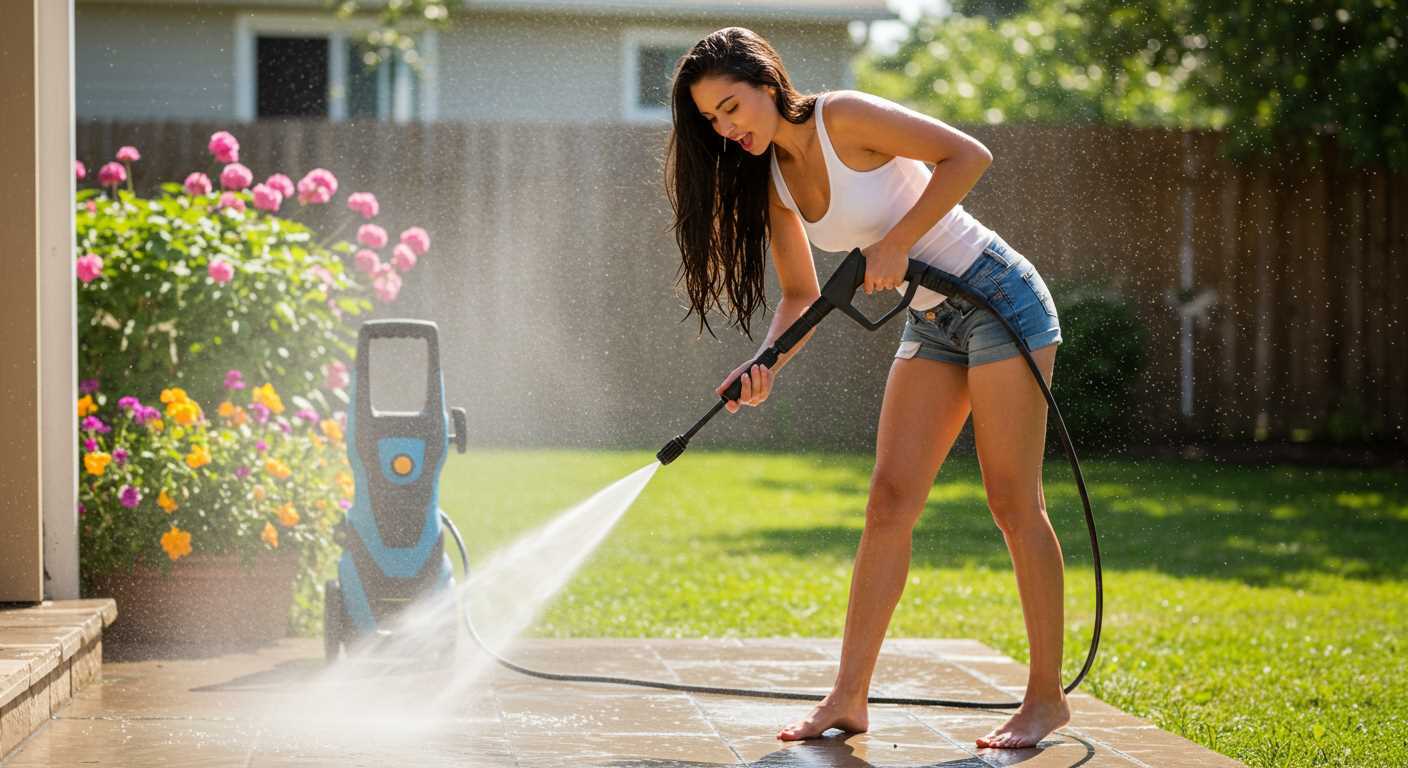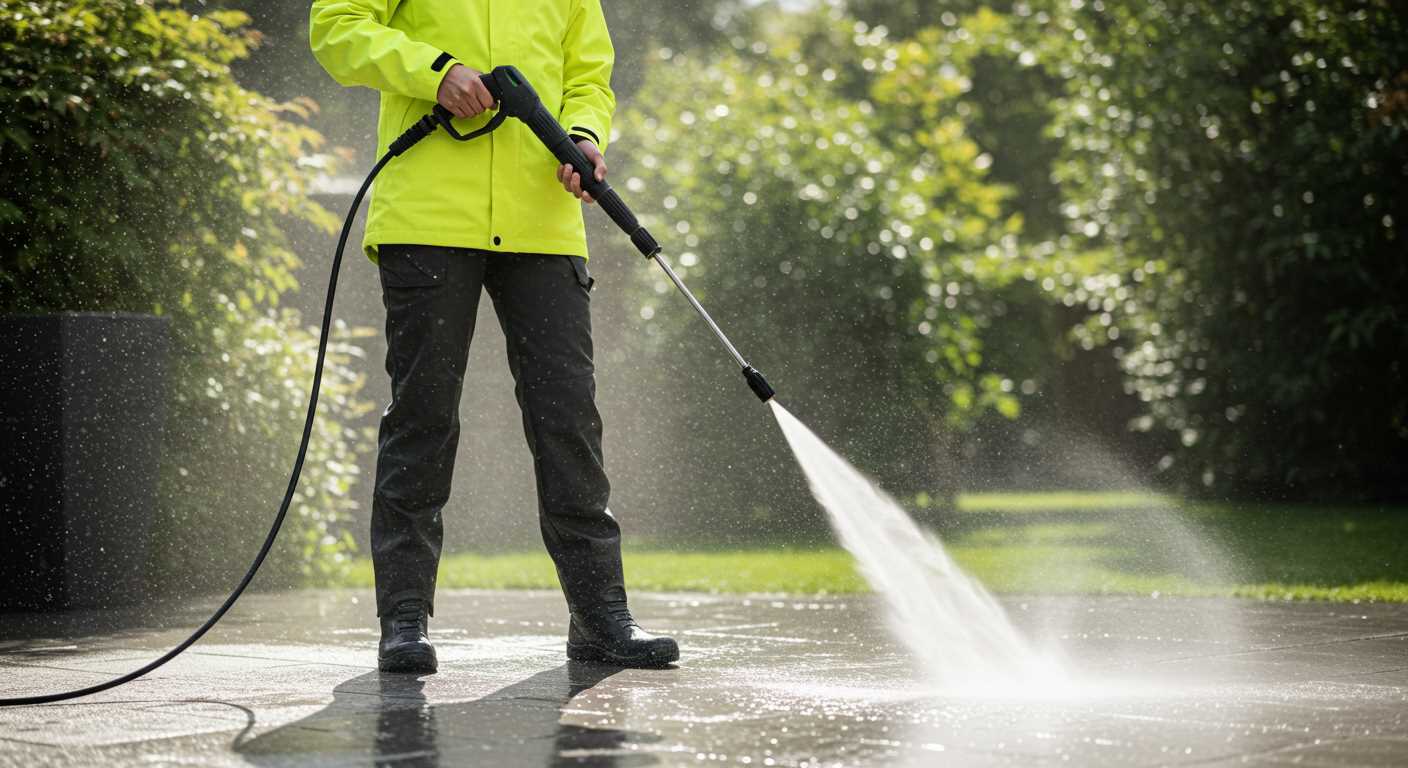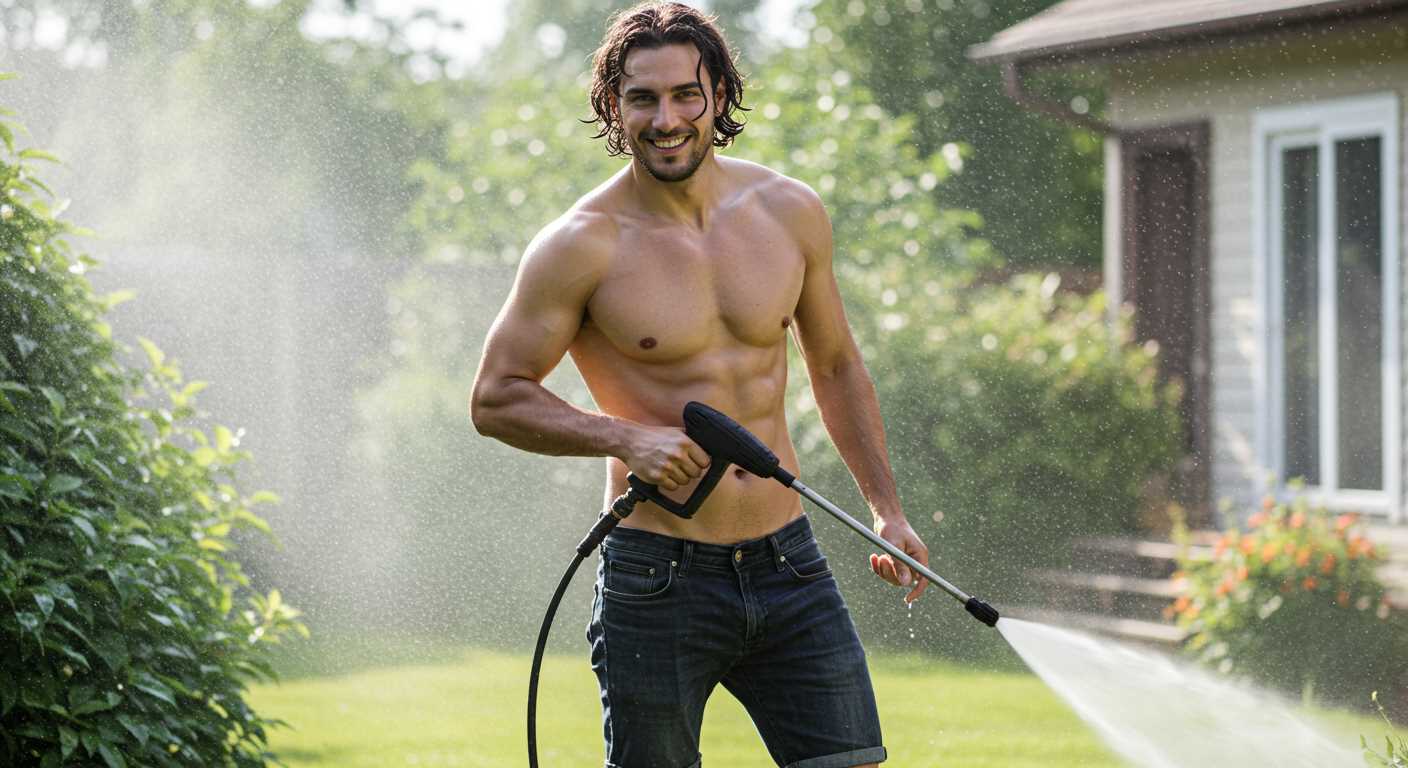




Absolutely, a high-pressure cleaner can effectively remove a coating from outdoor surfaces, but there are nuances to consider. My years in the cleaning equipment industry taught me that the effectiveness of this method largely depends on the type of coating applied and the pressure setting used. Some coatings are more resilient than others, and using excessive force can lead to damage.
In my experience, I’ve observed that sealers made from acrylic or polyurethane tend to be more susceptible to removal than those based on epoxy. When I first tested various machines, I found that a lower pressure setting, combined with the right nozzle, allowed for efficient removal without compromising the underlying surface. A wide fan nozzle can help disperse the water over a larger area, reducing the risk of etching or gouging.
It’s crucial to approach this task with care. I recommend testing a small, inconspicuous area first. This not only assesses how well the coating responds but also helps gauge the right distance to maintain from the surface. Too close, and you risk damaging it; too far, and the cleaning may be inefficient. Patience and the right technique are key to achieving the desired results without unnecessary hassle.
Can a High-Pressure Cleaner Remove Surface Treatments?
Yes, a high-pressure cleaner can effectively remove surface treatments from outdoor surfaces. From my experience, the ability to do this largely depends on the type of treatment applied and the settings used during the cleaning process.
When I first started testing various models, I was surprised at how certain sealants could withstand high-pressure water, while others came off with minimal effort. For instance, acrylic-based finishes often reacted more readily to the force of water. If you’re aiming to rejuvenate your surfaces, using the right nozzle and maintaining an appropriate distance from the surface is critical. I recommend starting with a wider nozzle and gradually moving closer as needed.
Another factor to consider is the age of the treatment. Older layers tend to break down more easily, especially if they’ve been subjected to weathering. I recall a project where an aged sealant on a stone surface was removed effortlessly with a 3000 PSI unit set at a 40-degree angle, revealing the original stone finish beneath.
However, caution is essential. Too much force can damage the substrate. I’ve encountered instances where aggressive cleaning led to etching or discolouration, particularly on softer materials like sandstone or limestone. Always conduct a small test section first to assess how the surface reacts before proceeding with the entire area.
In conclusion, while high-pressure cleaning can effectively remove surface treatments, it requires a thoughtful approach. Understanding the specific type of treatment and the surface material will guide your cleaning method and help achieve the best results without causing damage.
Understanding Patio Sealers and Their Purpose
Choosing the right product for your outdoor surfaces is crucial. Sealants serve to protect these areas from various elements, including moisture, UV rays, and stains. They create a barrier that helps maintain the appearance and longevity of materials such as stone, concrete, and brick.
Types of Sealants
There are two primary categories: penetrating and topical. Penetrating sealants absorb into the material, providing internal protection, while topical sealants form a layer on the surface, offering a shield against spills and wear. Each type has its specific applications, and understanding the differences can help in selecting the right solution for your needs.
Benefits of Using Sealants

Applying a quality sealant enhances the durability of your surfaces. It prevents discolouration and degradation from environmental factors. Regular maintenance, including reapplication, ensures optimal performance over time. For instance, if you’re considering cleaning granite with a pressure washer, knowing the type of sealant used can determine how effective your cleaning will be without causing damage.
In my experience, I’ve seen surfaces that were neglected become severely stained or damaged due to lack of proper sealing. A timely application not only preserves aesthetics but also saves on costly repairs in the long run.
How Equipment Works on Different Surfaces
For optimal results, understanding how tools interact with various materials is key. When tackling surfaces like concrete, wood, or brick, adjustments in technique and settings can make a significant difference.
Concrete and Brick
Concrete and brick surfaces are typically robust and can withstand higher force. I recall a project where I cleaned a large patio with multiple stains. I used a narrow nozzle at a close distance, which effectively removed grime without damaging the substrate. It’s crucial to maintain a consistent distance to avoid etching the surface.
Wood Surfaces
Wood requires a gentler approach. I once worked on a wooden deck that had years of weathering. Using a wide nozzle and a lower setting preserved the wood’s integrity while effectively lifting dirt. Always follow the grain to prevent splintering. If you’re dealing with a heavily soiled area, consider pre-soaking it with a cleaner designed for wood.
For those interested in maintenance tips, check out this guide on how to clean an old fish tank. The principles of careful cleaning apply across various surfaces, ensuring longevity and visual appeal.
Factors Influencing the Impact of High-Pressure Cleaning on Sealants
The effectiveness of high-pressure cleaning on protective coatings is influenced by various factors. Understanding these elements can help you make informed decisions about your outdoor surfaces.
Type of Coating
The composition of the substance applied to your surfaces plays a significant role. Acrylic, polyurethane, and oil-based formulations each have different resistances. For instance, acrylic coatings tend to be more vulnerable to high-pressure techniques compared to their oil-based counterparts, which can endure more force without being compromised.
Water Temperature and Nozzle Selection
The temperature of the water used during cleaning can enhance or diminish the effect on the coating. Hot water often provides better cleaning results, but it may also risk damaging more delicate coatings. Additionally, the choice of nozzle impacts the force and spread of the water. A narrower nozzle concentrates the flow, increasing the chance of damaging the surface, whereas a wider nozzle disperses the water, reducing the risk.
| Factor | Impact on Coating |
|---|---|
| Type of Coating | Acrylics more prone to damage; oil-based more resilient. |
| Water Temperature | Hot water can enhance cleaning but risks damage. |
| Nozzle Type | Narrow nozzles concentrate force; wider nozzles reduce risk. |
| Distance from Surface | Closer distance increases impact; further reduces risk. |
| Surface Condition | Older, worn coatings are more susceptible to damage. |
Combining these factors can significantly influence the outcome of your cleaning efforts. Always assess the condition of your surfaces and the type of coating before opting for high-pressure techniques. Taking precautions can extend the life of your protective layers and maintain the appearance of your outdoor areas.
Testing Pressure Settings for Safe Cleaning
Start with the lowest setting. I recall the time I tackled a driveway covered in grime after a long winter. I set the equipment to its minimum force, gradually increasing only as needed. This approach prevents damage to surfaces and allows you to gauge how much cleaning power is necessary.
Conduct tests on inconspicuous areas. Before committing to a full clean, I always recommend trying out the equipment on a small, hidden section. This way, you can see how the surface reacts without risking visible damage. I once encountered a scenario where a client’s concrete had a delicate finish that wasn’t immediately apparent. A quick test saved us both from costly repairs.
Monitor your distance while cleaning. Keeping a consistent distance of at least 18 to 24 inches from the surface usually yields the best results. I’ve found that too close can lead to etching, while too far may not effectively remove dirt. Adjusting my stance as I worked proved invaluable, especially on uneven surfaces.
Pay attention to the nozzle type. Different nozzle attachments provide varying spray patterns which significantly alter the cleaning experience. For tougher stains, I often switched from a wide fan to a concentrated jet, but only after confirming the surface could handle the intensity. I remember one job where a narrow nozzle removed years of built-up grime from brick without damaging the mortar.
Consider environmental conditions. I learned the hard way that cleaning on a hot, sunny day can lead to rapid drying of soaps or cleaners, which may affect their efficacy. I prefer overcast days for outdoor tasks, as they provide a more manageable environment, preventing premature drying and allowing for thorough cleaning.
Keep safety in mind. Wearing protective gear is non-negotiable. Splashing debris can cause injury, and I always ensured I had goggles and gloves on hand. A mishap I witnessed involved a friend who neglected this advice and ended up with a nasty injury from flying debris.
Lastly, maintain your equipment. Regular checks on hoses, connections, and nozzles ensure consistent performance. I’ve experienced significant issues in the past simply due to a clogged nozzle that made the task take twice as long. A little pre-cleaning maintenance can save you time and frustration.
Best Practices for Pressure Washing Sealed Patios
For maintaining a sealed outdoor surface, I recommend starting with a thorough inspection. Check for any visible damage or wear on the coating. This will help you gauge if the layer can withstand high-intensity cleaning.
Choosing the Right Nozzle and Angle
Select a wide-angle nozzle, typically 25 or 40 degrees, to distribute the force evenly. Hold the nozzle at a distance of about 12 to 18 inches from the surface to prevent any erosion of the protective layer. Always maintain a consistent angle while cleaning; a perpendicular approach can lead to concentrated pressure that may compromise the sealant.
Water Temperature and Cleaning Solutions
Utilising warm water can enhance cleaning efficacy, but avoid exceeding 60°C to prevent damage. If you decide to use a cleaning solution, ensure it is compatible with the existing treatment. I’ve had success with mild, biodegradable detergents that break down dirt without harming the finish.
- Always rinse the area thoroughly after applying any cleaning agent.
- Avoid using bleach or acidic substances, as these can degrade the sealant.
- Test any solution on a small, inconspicuous area first.
Timing is also crucial. Early morning or late afternoon are ideal; this reduces the risk of rapid evaporation that can leave streaks or spots.
Regular Maintenance and Care
After cleaning, inspect the surface for any signs of wear. Reapply the sealant as necessary, typically every 1-3 years, depending on environmental exposure and foot traffic. Regular sweeping and rinsing can prolong the life of the protective layer and reduce the need for intensive cleaning.
By following these guidelines, you can effectively maintain your outdoor surfaces without compromising their protective coatings. The key is to balance cleanliness with care, ensuring longevity and appearance. Trust me, a little diligence goes a long way!
Alternative Methods for Cleaning Sealed Patios
Consider using a soft wash technique, which employs a low-pressure system combined with biodegradable detergents. This method effectively removes dirt and algae without risking damage to the protective coating. I’ve seen it work wonders, especially on surfaces where high pressure could lead to peeling or chipping.
Another option is a manual scrubbing approach. Utilizing a stiff-bristled brush alongside a suitable cleaning solution can yield excellent results. I recall a time when I tackled a stubborn stain on a friend’s terrace using this technique, and the transformation was remarkable. It requires more effort but ensures control over the cleaning process.
For those preferring a less labor-intensive method, a vinegar solution can be a game-changer. Mixing equal parts of vinegar and water creates a powerful natural cleaner. Spray it on the affected areas, let it sit for a while, and then scrub gently. I’ve had great success with this method, particularly on smaller spots where traditional cleaners might not be necessary.
If you’re dealing with heavy grime, consider a steam cleaner. This method utilises high-temperature steam to lift dirt and stains without harsh chemicals. I’ve used steam cleaning on a couple of occasions where chemical solutions were not an option, and it left the surfaces looking refreshed without compromising the integrity of the finish.
Finally, always rinse the area thoroughly after cleaning. Whether you opt for a soft wash, manual scrubbing, or another method, ensuring all residues are washed away will help maintain the longevity of the protective layer. I’ve learned this the hard way; neglecting to rinse can lead to buildup that is harder to manage down the line.
FAQ:
Can a pressure washer damage the patio sealer?
Yes, using a pressure washer can potentially damage the patio sealer. The high-pressure water can strip away the sealer, especially if the pressure is set too high or the nozzle is too close to the surface. It’s important to use the appropriate pressure setting and distance to avoid removing the sealer along with dirt and grime.
What pressure setting should I use to clean my patio without removing the sealer?
To clean your patio without damaging the sealer, it is advisable to use a pressure setting of around 1,200 to 1,500 PSI. This range is generally safe for sealed surfaces. Additionally, using a fan nozzle rather than a concentrated stream can help distribute the pressure more evenly, reducing the risk of stripping the sealer.
How can I tell if the patio sealer is being stripped off during cleaning?
Signs that the patio sealer may be getting stripped off include a noticeable change in the surface sheen, areas that appear dull or unsealed, and the presence of a chalky residue on the surface. If you notice these changes while pressure washing, it is advisable to stop immediately and reassess your cleaning technique.
What should I do if my patio sealer gets stripped off by the pressure washer?
If your patio sealer gets stripped off, the first step is to stop using the pressure washer. Allow the patio to dry completely, and then assess the damage. You may need to clean the area thoroughly to remove any remaining residue before applying a new coat of sealer. Ensure the surface is completely clean and dry before re-sealing to achieve the best results.





.jpg)


